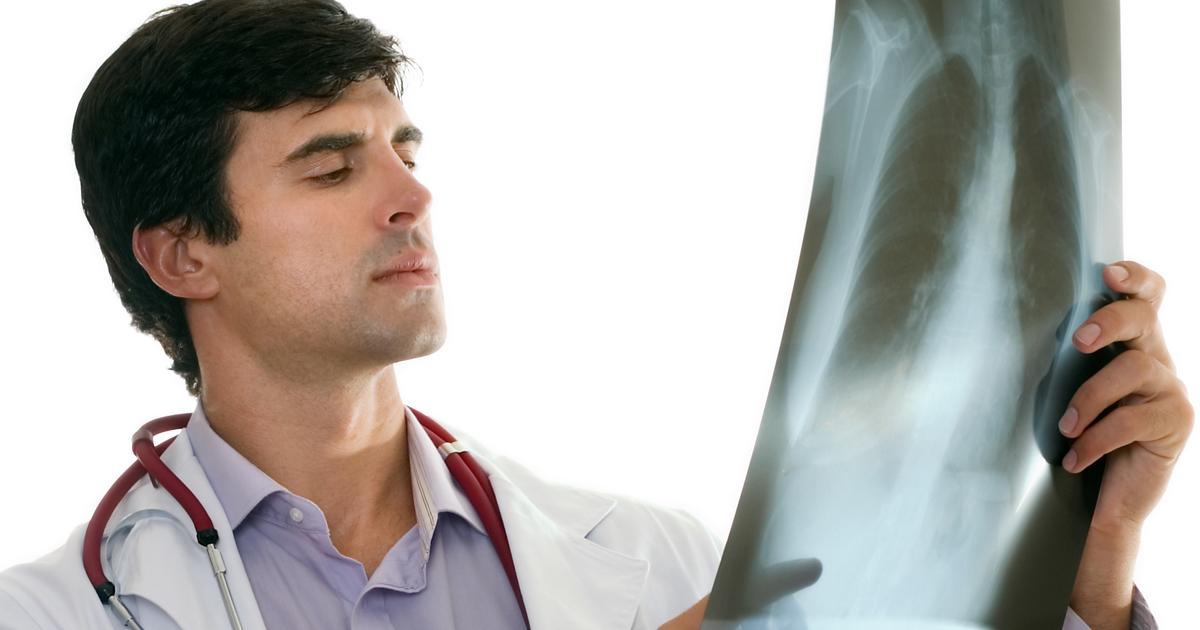What Are The Most Common Lung Diseases?
Chronic Obstructive Pulmonary Disease

Chronic obstructive pulmonary disease (COPD) is a disease that causes damage to the bronchi or larger branches in the lung that carry air to smaller branches. COPD is an umbrella term used to encompass two different long-term diseases that occur concurrently, including the chronic form of bronchitis and emphysema. The combination of these lung diseases causes the airways to swell severely and results in an impaired ability to breathe in and out. Symptoms of chronic obstructive pulmonary disease include shortness of breath, wheezing, chest pain, persistent cough, and chest tightness. COPD that has progressed to a severe stage can result in symptoms such as appetite loss, sexual dysfunction, blue lips, fatigue, morning headaches, depression, sleep problems, blue nail beds, frequent infections of the lungs, and weight loss. Diagnosis of this condition is made using a physical examination, pulse oximetry, pulmonary function tests, computerized tomography scans, chest x-rays, and blood tests. Treatment for COPD includes the administration of bronchodilators, steroid medications, mucolytics, oxygen therapy, protein therapy, administration of vaccines, and surgery.
Pulmonary Edema

Pulmonary edema is a lung condition where excess fluid accumulates in the air sacs or alveoli, causing problems with the function and structure of the organs. Pulmonary edema can be caused by problems with heart structure or function, or it can be caused by nervous system conditions, high altitudes, acute respiratory distress syndrome, adverse drug reaction, pulmonary embolism, smoke inhalation, near drowning, infections, and toxin exposure. Symptoms of pulmonary edema include breathlessness, wheezing, clammy skin, blue-tinted lips, palpitations, rapid weight gain, lower extremity swelling, fatigue, anxiety, productive cough, fever, chest discomfort, headaches, difficulty with exercise, and shortness of breath upon exertion or lying down. Pulmonary edema is diagnosed with the use of a physical examination, pulse oximetry, blood tests, echocardiogram, chest x-rays, cardiac catheterization, and electrocardiogram. Treatment for pulmonary edema may include administration of supplemental oxygen, diuretic medications, morphine, blood pressure medications, and in rare cases, therapy in a hyperbaric chamber.
